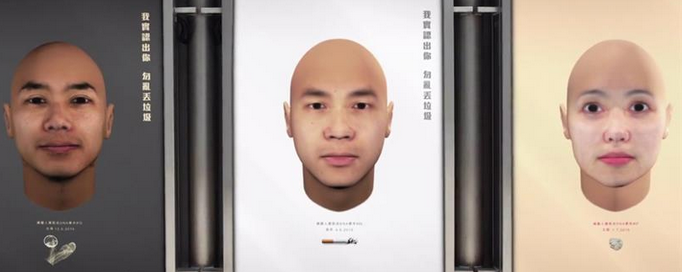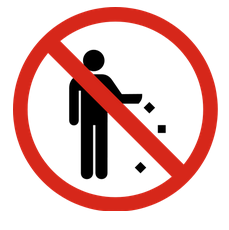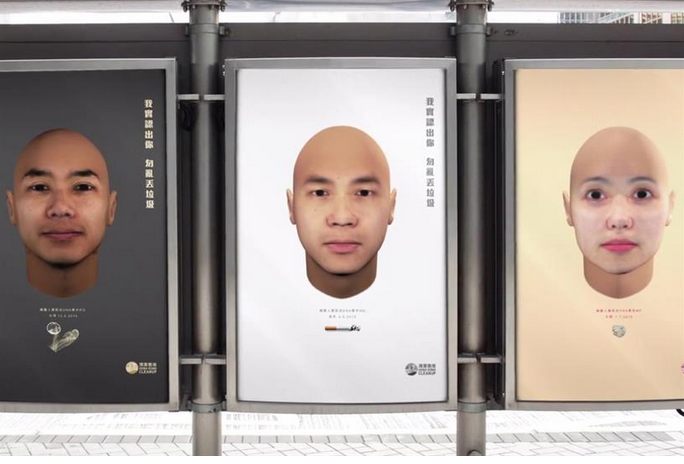Hong Kong Shames Litterbugs with DNA

 An innovative advertising campaign in Hong Kong is using DNA technology in a unique—and perhaps somewhat creepy—way. To help reduce littering, a non-profit organization called Hong Kong Cleanup is publicly shaming litterbugs on billboards around the city. Those litterers aren’t sitting down for portraits, though. Instead, DNA found on chewing gum, cigarette butts and other trash is used to produce close approximations of what the litterers look like. The process is known as phenotyping, and it’s remarkably accurate in predicting a person’s appearance.
An innovative advertising campaign in Hong Kong is using DNA technology in a unique—and perhaps somewhat creepy—way. To help reduce littering, a non-profit organization called Hong Kong Cleanup is publicly shaming litterbugs on billboards around the city. Those litterers aren’t sitting down for portraits, though. Instead, DNA found on chewing gum, cigarette butts and other trash is used to produce close approximations of what the litterers look like. The process is known as phenotyping, and it’s remarkably accurate in predicting a person’s appearance.
Ogilvy, the advertising agency behind Hong Kong Cleanup’s Face of Litter campaign, teamed up with Parabon Nanolabs of Virginia to produce the portraits. The work is performed in conjunction with the Department of Defense, which is primarily interested in the technology for use in criminal investigations. Of course, the public doesn’t see the behind-the-scenes work that’s involved in producing the portraits. Rather, they are simply confronted with random images of people who have been “busted” carelessly tossing garbage onto the streets of Hong Kong. Hong Kong Cleanup hopes litterbugs will feel so ashamed of themselves that they will think twice before littering again.
The way in which they portraits are produced is fascinating. First, trash is retrieved from the street. It is then sent to a genotyping lab, where it is processed to produce a set of data using DNA retrieved from dried saliva. Incredibly, only a nanogram of dried saliva is needed to make a digital portrait of a person’s face. Next, the data is processed using special machine-learning algorithms. These algorithms produce snapshots of phenotypes, or traits, that may translate into what a person looks like. Algorithms focus on what are known as highly heritable traits, or traits that aren’t affected by environmental variability. These include things like skin color, eye color, hair color and face shape. The technology can’t account for age, but the ad agency estimates this based on the type of litter that’s processed. For instance, people between the ages of 18 and 34 are most likely to chew gum.
While the campaign was designed to shame litterbugs, Ogilvy received permission from everyone whose trash they used. In the future, though, who knows? Campaigns like these are just the beginning. As the technology improves and becomes more ubiquitous, it’s sure to prompt many privacy concerns. If it can strictly be used for good, however, it’s sure to have a positive impact.

